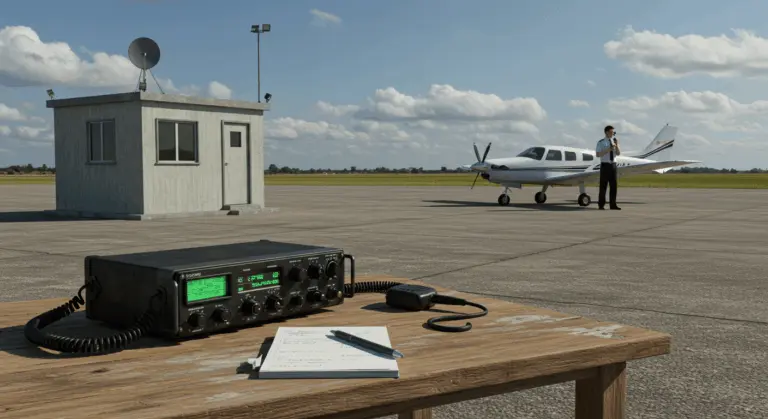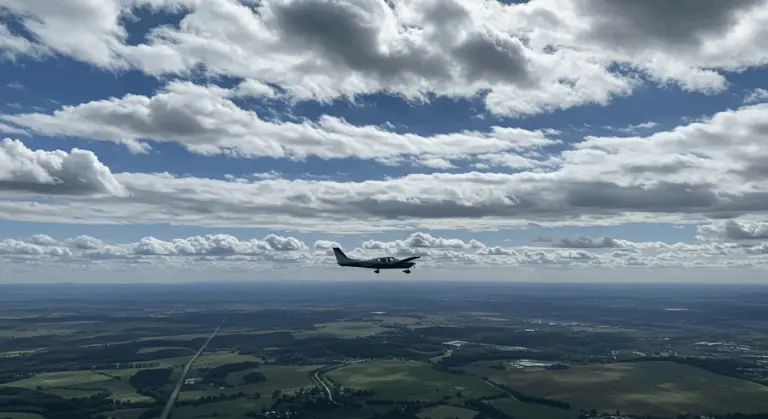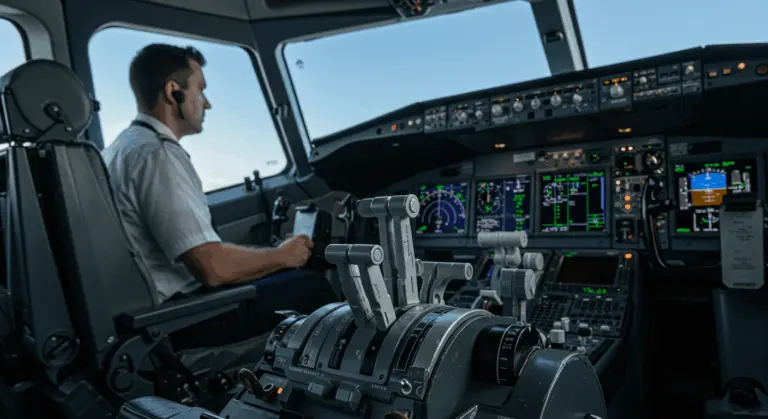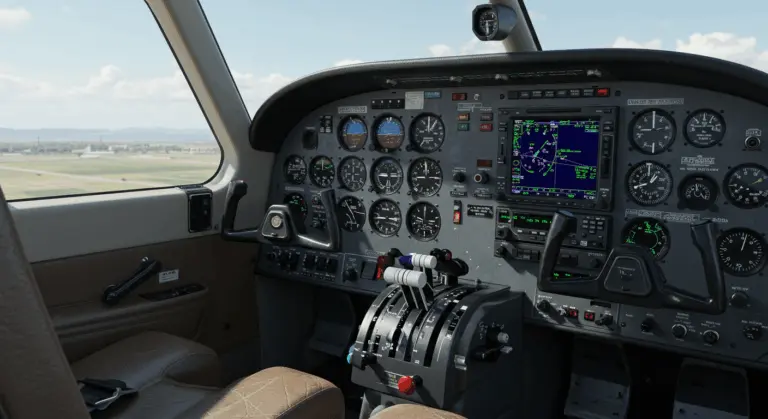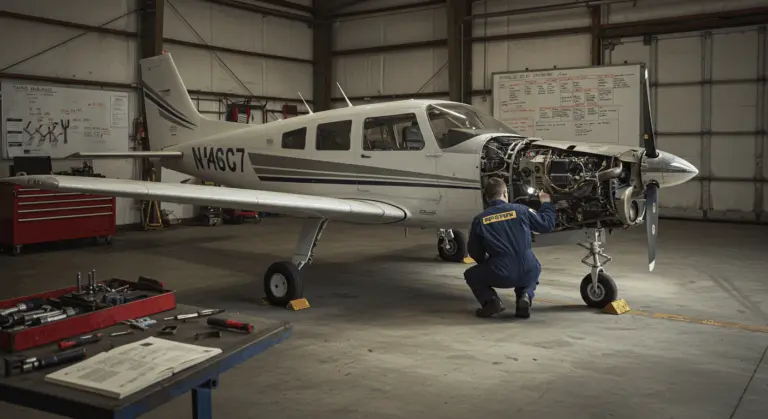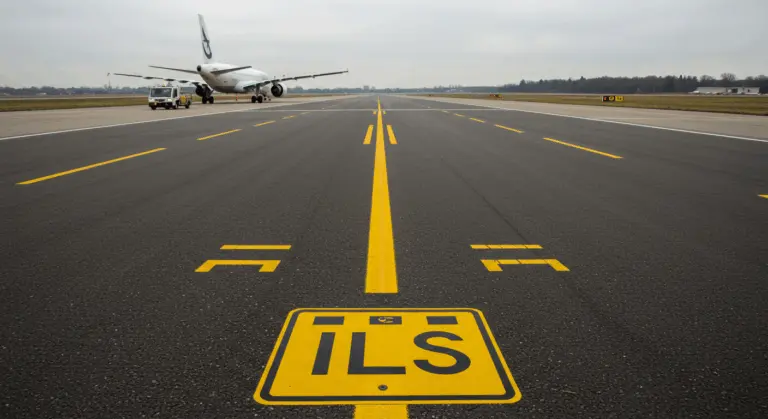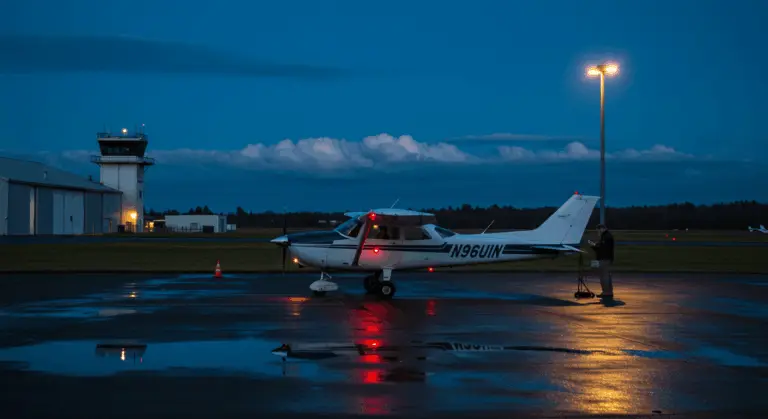Understanding the Final Approach Fix in Aviation
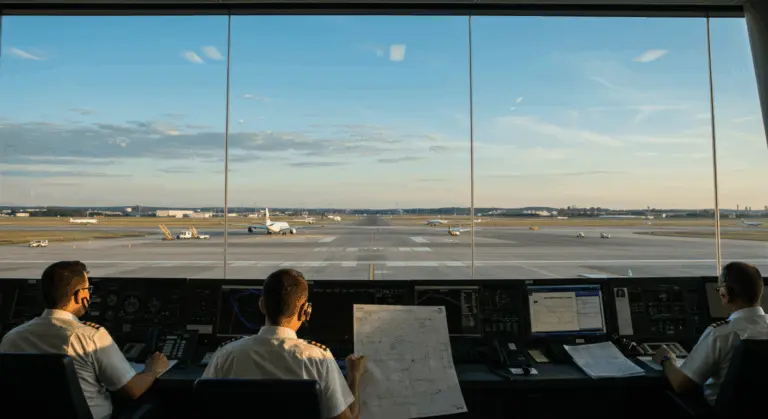
Pilots navigating through instrument conditions rely on precise navigational points to execute safe landings, with the Final Approach Fix marking a critical transition in their journey. At this specific point, aircraft configuration changes, descent rates are calculated, and the final controlled approach to the runway begins. Understanding this navigational milestone explains how pilots consistently achieve stable approaches even when visibility is limited.

